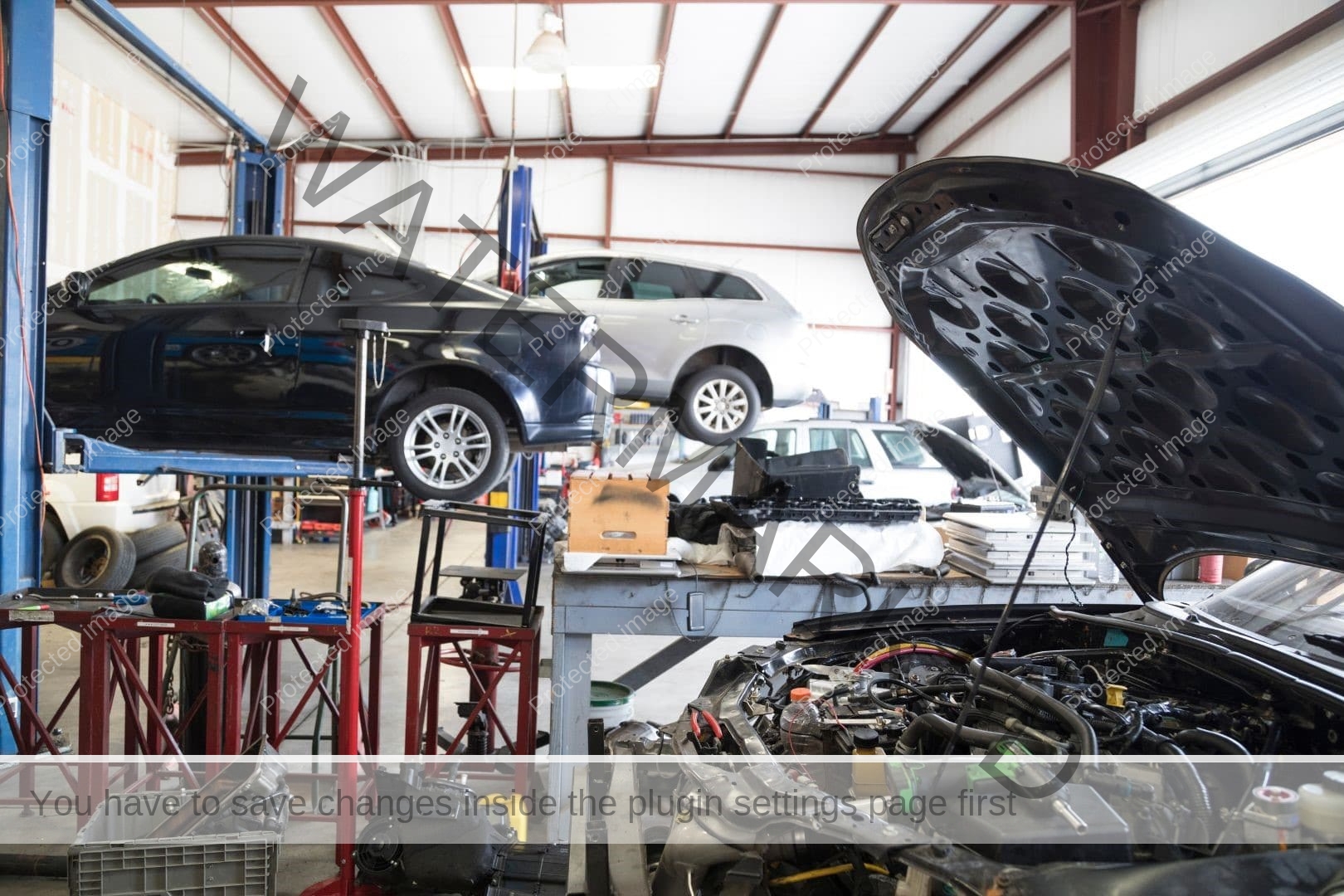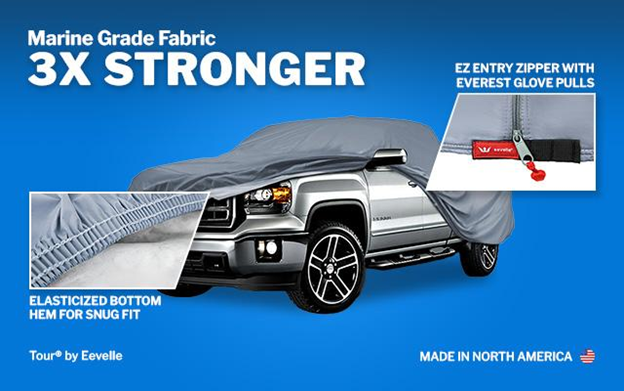Auto body repair is a lifesaver for many of us. Whether it’s a small dent from a parking mishap or a major fix after an accident, understanding the auto body repair process can help you navigate your repair journey confidently. Ever wondered what actually goes on behind those garage doors and what steps transform a damaged car back to its shiny, road-ready condition? This guide will break down the auto body repair process step-by-step, so you’ll know exactly what to expect.
1. Damage Assessment and Estimate
The first step in the auto body repair process is evaluating the extent of the damage. Once a vehicle arrives at the repair shop, a technician or estimator thoroughly examines it. They look for visible and hidden damages to create a comprehensive repair plan. This assessment forms the basis of the repair estimate, which outlines labor, parts, and other related costs.
Key Steps in the Damage Assessment:
- Visible Inspection: Identifying visible dents, scratches, and structural damage.
- Digital Scanning: Using advanced scanners to identify hidden structural or mechanical damage.
- Estimate Preparation: Listing labor hours, parts, and other repair costs in an itemized format.
This detailed estimate is shared with the vehicle owner or directly with the insurance company if the repairs are covered under a claim.
2. Insurance Approval
If you’re dealing with an insurance claim, the next step involves obtaining insurance approval. After reviewing the repair estimate, the insurance company will either approve the proposed repairs or negotiate certain aspects.
What’s Involved in Insurance Approval?
- Communication with Adjuster: The repair shop works directly with the insurance adjuster to clarify and confirm repair details.
- Final Approval: Once everything aligns, the insurance company approves the claim, allowing repair work to begin.
This step is crucial as it ensures that the costs associated with repairs are covered by insurance (if applicable) and allows the repair process to proceed smoothly.
3. Disassembly and Damage Discovery
Once the repair has the green light, the vehicle moves to the disassembly stage. Here, technicians remove damaged parts to expose any hidden issues that weren’t visible during the initial assessment. Disassembly helps technicians make necessary adjustments to the repair plan based on new findings.
Why Disassembly Matters:
- Hidden Damage Uncovered: Often, damages beneath the surface may require additional repair work or parts.
- Updated Repair Plan: Any new findings are added to the repair estimate and communicated to the insurance company for approval.
This stage ensures that technicians address all aspects of damage, so no issues go unnoticed during the repair process.
4. Ordering Parts
Once the repair plan is finalized, it’s time to order the necessary parts. Depending on the make, model, and specific needs of your vehicle, these parts can range from stock items available in the shop to specialized orders.
What’s Important about Ordering Parts?
- Quality and Compatibility: Repair shops source parts that meet manufacturer standards for safety and quality.
- Timely Arrival: Ensuring parts are ordered and received on schedule to prevent delays.
This step is critical for ensuring the repairs maintain the integrity and performance of the vehicle.
5. Structural Repairs
Structural repairs focus on the frame of the vehicle, which is the foundation of its safety and performance. If the frame or unibody of the vehicle has been damaged, technicians use specialized equipment to restore it to its original factory specifications.
Key Aspects of Structural Repairs:
- Frame Alignment Machines: Technicians use frame straightening and alignment machines to restore the car’s structural integrity.
- Measuring for Precision: Advanced measurement tools ensure the frame is precisely aligned and meets factory standards.
Structural repairs are essential for maintaining the safety and handling of the vehicle.
6. Body Repair and Dent Removal
With the frame in top condition, the focus shifts to repairing the car’s body. This phase involves fixing dents, scratches, and any visible damage on the vehicle’s exterior.
Techniques for Body Repair:
- Dent Removal Tools: Technicians use specialized tools to pull or push out dents.
- Replacement of Panels: In cases where the damage is extensive, technicians replace damaged panels with new ones.
Restoring the body ensures the vehicle looks great and is ready for the next stages in the repair process.
7. Paint Preparation and Painting
The paint job is where the vehicle starts to look brand-new again. But before applying fresh paint, technicians spend time preparing the surface to ensure a smooth, seamless finish.
Steps in Paint Preparation and Painting:
- Sanding and Priming: The vehicle’s surface is sanded and primed to create a smooth base.
- Color Matching: Using advanced software, technicians match the paint to the car’s original color.
- Paint Application: Skilled technicians apply the paint in layers, allowing each coat to dry before applying the next.
A flawless paint job is a hallmark of quality repair work and is vital for restoring the vehicle’s appearance.
8. Reassembly
Once the painting is complete, the vehicle goes back for reassembly. All parts, whether original or new, are meticulously put back in place.
Reassembly Details:
- Precision in Placement: Each part, from mirrors to panels, is aligned and secured according to factory standards.
- Electrical and Mechanical Connections: Ensuring all wiring and mechanical parts are reconnected for seamless operation.
Reassembly ensures the vehicle is not only visually restored but also functions as it should.
9. Quality Control and Inspection
Before the vehicle is returned to its owner, it undergoes a thorough inspection. This quality control process checks every repair aspect to ensure it meets safety and quality standards.
Quality Control Includes:
- Mechanical and Electrical Testing: Ensuring all systems are working correctly.
- Visual Inspection: Checking for paint consistency, alignment, and overall appearance.
This final inspection is crucial for maintaining high standards of repair quality and customer satisfaction.
10. Cleaning and Detailing
A quality repair job deserves a spotless finish. The vehicle undergoes detailed cleaning inside and out to remove any dust or residues from the repair process.
Cleaning Steps:
- Exterior Detailing: Washing, polishing, and ensuring a flawless finish.
- Interior Cleaning: Vacuuming and wiping down the interior to restore its pristine look.
This step is a finishing touch that elevates the repair experience, giving the car a fresh, like-new feel.
11. Final Inspection and Customer Pickup
Once the vehicle passes quality control and detailing, it’s ready for pickup. The repair shop contacts the owner, reviews the repairs, and addresses any final questions.
What Happens During Pickup?
- Repair Review with Owner: Technicians walk the owner through the repairs and answer any questions.
- Documentation: Providing final documentation of the repair and any warranties.
The final inspection and pickup ensure the vehicle meets the owner’s expectations, marking the end of the repair journey.
Conclusion
Understanding the auto body repair process can make a significant difference in how you navigate repairs. From the initial assessment to the final inspection, each stage of the process is designed to restore your vehicle to its best possible condition. Whether it’s a minor ding or major structural damage, each step ensures your vehicle returns to you in top shape.
FAQs
1. How long does the auto body repair process typically take?
The repair time varies based on the damage, part availability, and repair shop workload. Minor repairs may take a few days, while extensive repairs could take weeks.
2. Does insurance cover all types of auto body repairs?
Insurance coverage depends on your policy and the damage type. Collision coverage typically covers accident-related repairs, while comprehensive insurance may cover non-collision damage.
3. Will the paint match my car’s original color after repairs?
Yes, most shops use color-matching technology to ensure the new paint blends seamlessly with the car’s original color.
4. What if hidden damage is found during the repair process?
If technicians find additional damage during disassembly, they’ll adjust the repair estimate and seek approval from you or your insurer before proceeding.
5. Can I choose any repair shop for insurance-covered repairs?
While insurers may recommend certain shops, you usually have the right to choose any certified repair shop for the work.
This guide provides insight into the auto body repair process, helping you feel confident and informed every step of the way. Whether you’re dealing with an unexpected scratch or a major repair, knowing what to expect can make the experience smoother.




1 thought on “How Does the Auto Body Repair Process Work from Start to Finish?”
best vaping 24 pods provide exceptional flavor, sleek design, and leak-free performance. Ideal for everyday use, they ensure a smooth, satisfying vaping experience that keeps you coming back for more.